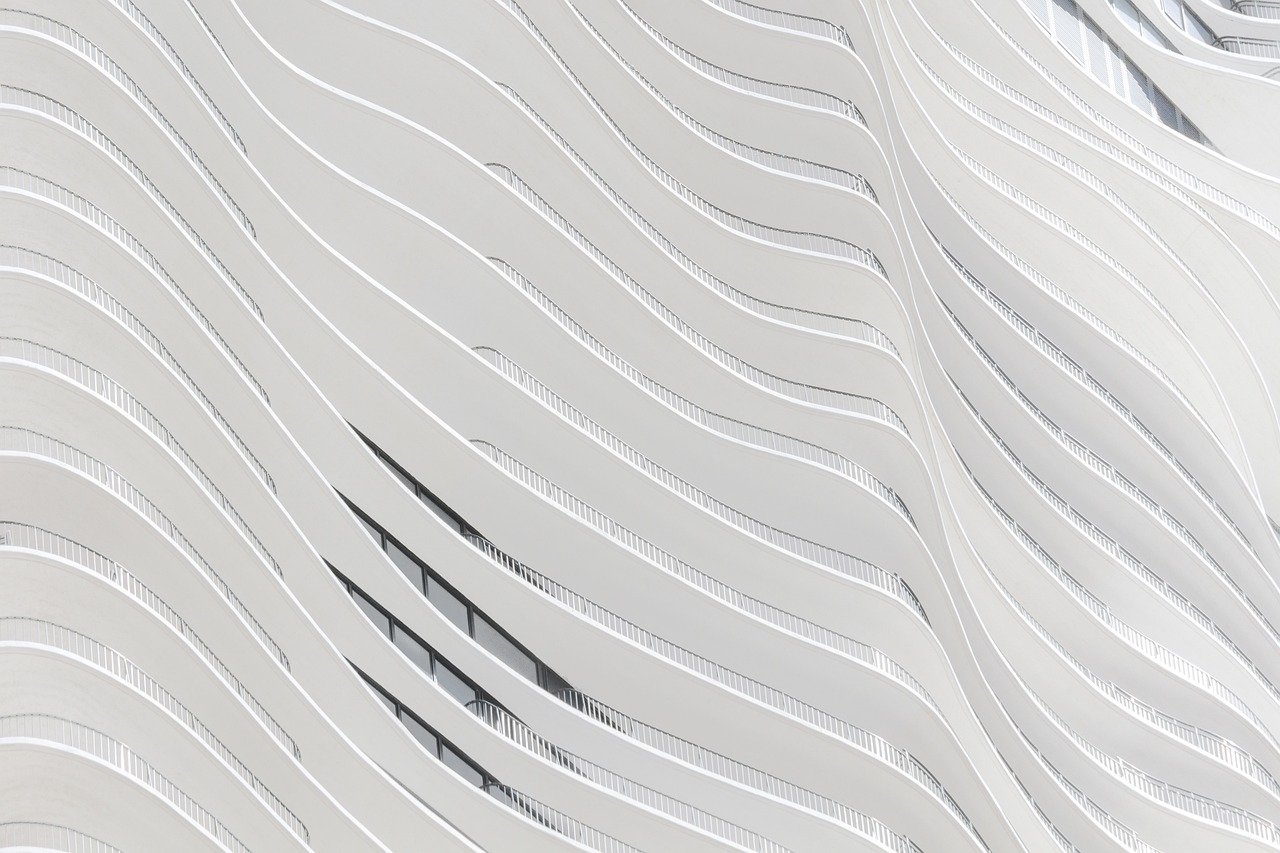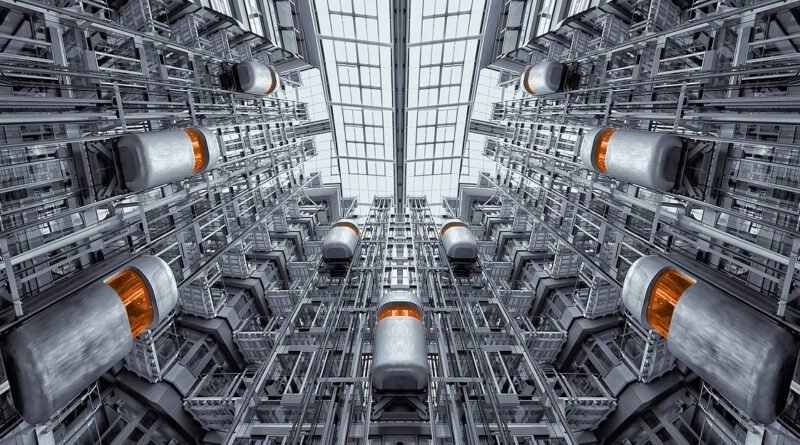Modern Architecture
If you’ve been bitten by the travel bug and are fueled by the thrills of new adventures, then “Modern Architecture” is the perfect companion for your journey. Not only does this intriguing piece promise to stimulate your architectural knowledge, it also takes you on a global tour of the world’s most impressive modern structures. From towering skyscrapers to elegant bridges, this article offers a feast for your eyes while enriching your mind with fascinating facts and compelling narratives. Prepare yourself to be amazed as you get to learn about the stories these unique structures tell through their innovative design and artistic expression.

Understanding Modern Architecture
Welcome to the world of modern architecture. We’ll take you on a fascinating journey through the pages of history and the intricate conceptual frameworks that have shaped modern buildings.
Brief History
Modern architecture has its roots in the Industrial Revolution when new building materials such as steel and concrete started to be regularly used. It signaled a departure from the traditional architectural styles and focused more on function rather than form.
Conceptual Framework
Modern architecture is based on the idea of ‘Form follows function’, where form doesn’t precede function, and design is derived directly from the purpose. It gave birth to simpler structures with clean lines, devoid of intricate carvings and ornamentation.
Key Characteristics
Some of the defining traits of modern architecture include open floor plans, regular, systematic and precise use of geometric forms, horizontal and vertical line emphasis, and use of new innovative construction technologies. The buildings often feature extensive use of glass and steel.
Evolution of Modern Architecture
The evolution of modern architecture was influenced by a variety of factors, ranging from technological advancements to changing societal needs.
Influence of Technological Advancements
Innovations such as the use of reinforced concrete, steel frames, and curtain walls enabled the creation of taller, lighter buildings with large open interiors.
Modernism in the Early 20th Century
During the early stages of modernism in the 20th century, architecture took a radical shift from the usual traditional styles, paving the way for designers to experiment with form and function.
Transition to Post-Modernism
Eventually, the starkness and simplicity of modernist designs evoked criticism leading to a transition toward post-modernism, which emphasized diversity, context, and a return to ornamentation.
Key Principles of Modern Architecture
A few fundamental principles underlie modern architecture, which reflects in its overall design and structure.
Form Follows Function
This fundamental principle indicates that the shape of a building or an object should be primarily based upon its intended function or purpose.
Elimination of Ornamentation
Modern architects believed in ‘truth to materials’ and preferred leaving construction materials exposed in their natural state, rather than hiding them behind ornate designs.
Adoption of New Materials and Techniques
The breakthroughs in technology brought about experimentation with new materials like glass, steel, and reinforced concrete. Modern architects also embraced new building techniques like prefabrication and modular construction.
Influential Figures in Modern Architecture
Let’s dive into the lives and works of some of the great visionaries who transformed the face of architecture.
Frank Lloyd Wright
Prominent American architect, Frank Lloyd Wright, played a crucial role in shaping modern architecture. His designs were notable for their harmony with humanity and environment, exemplified in his concept of ‘organic architecture.’
Le Corbusier
The Swiss-French architect, Le Corbusier, celebrated for his concrete buildings, contributed significantly to Modernist architecture. His distinctive style involved open floor plans, roof gardens, and consistent geometric shapes.
Mies van der Rohe
Renowned German-American architect, Mies van der Rohe, was a pioneer of minimalist architecture and famous for his famous aphorism ‘less is more.’ His designs exuded elegant simplicity, showcasing the beauty of pure architectural components.

Iconic Modern Architecture Designs Worldwide
No journey through modern architecture would be complete without a glimpse at some of its most iconic structures.
The Guggenheim Museum – USA
Designed by Frank Lloyd Wright, the Guggenheim Museum in New York is characterized by its unique spiral layout and continuous spaces, breaking free from traditional museum design.
Villa Savoye – France
Villa Savoye built by Le Corbusier, embodies the essential five points of modern architecture – lift, roof garden, free plan, free facade, and long windows.
Farnsworth House – USA
Mies van der Rohe’s masterpiece, Farnsworth House, exemplifies minimalistic aesthetics with its exquisite simplicity. The extensive use of glass allows for a seamless integration with nature.
Modern Architecture and Sustainability
Modern architecture is also adopting sustainable and green practices into its core principles.
The Concept of Green Buildings
Green buildings or sustainable buildings aim to reduce the overall impact on environment by optimizing resource utilization and installation of energy-efficient systems.
Sustainable Design Principles
Sustainable modern architecture encompasses principles like energy efficiency, minimal waste, use of environment-friendly materials, and creating a healthy living environment.
Notable Sustainable Modern Architectures
Examples of sustainable modern architecture include the Bullitt Centre in Seattle, known as the greenest commercial building in the world, and the Bahrain World Trade Centre, which has integrated wind turbines into its design.

Modern Architecture in Urban Planning
Modern architecture and urban planning work hand in hand to create safe, sustainable, and aesthetically pleasing urban environments.
The Idea of the Metropolis
Modern architects attempted to manage the fast-paced growth and chaos of urban life in the metropolis through functional zoning and high-rise developments.
Open Space Planning
Incorporating open spaces in city planning provides outdoor recreational areas, enhances biodiversity, and contributes to a city’s overall environmental health.
Designing for Density
Modern architecture and urban planning strive to accommodate the ever-increasing population by focusing on vertical building and developing compact, mixed-use buildings.
Criticisms of Modern Architecture
Just like any significant movement, architecture isn’t without its detractors and critics.
Issues of Functionality
Some argue that modern buildings lack practicality, prioritizing aesthetics over user comfort and needs.
Lack of Diversity and Context
Critics express concerns over the global standardization and uniformity of modern architecture, often disregarding local culture, materials, and building traditions.
Attitude Toward History and Tradition
Modern architecture’s rejection of historical styles and traditions in favor of newness and innovation also raises eyebrows among some critics.
Future Predictions for Modern Architecture
Modern architecture continues to evolve and integrate new technologies and trends.
Digitalization and Virtual Reality
Digital technology and virtual reality are transforming the planning and design processes, allowing architects to create detailed 3D visualizations and even virtual walkthroughs of their designs.
Incorporation of AI and Robotics
Artificial intelligence and robotics bring new possibilities for even more precise construction and increased automation.
Trends towards Flexibility and Adaptability
As lifestyle and work trends change, we are seeing more emphasis on flexible and adaptable spaces, reflecting our changing needs.
Modern Architecture as a Travel Attraction
Have you noticed how important architecture is in your travel experiences?
Modern Architecture in Travel and Tourism
From iconic skyscrapers to life-changing heritage sites, architecture plays a massive role in attracting tourists.
Noteworthy Modern Architecture Destinations
Cities such as Chicago, Barcelona, Dubai, and Singapore showcase the wonders of modern architecture and are popular destinations for architecture enthusiasts worldwide.
How Architecture Contributes to Local Experiences
Architecture not only adds to the visual appeal of a location but also acts as a narrative, telling a story about the place’s history, culture, and milestones. It’s an artistic expression that gives each city its unique identity.
So next time you’re planning your travel destinations around the world, look at them with a new perspective, appreciating the role of modern architecture in shaping the narratives of these places.

